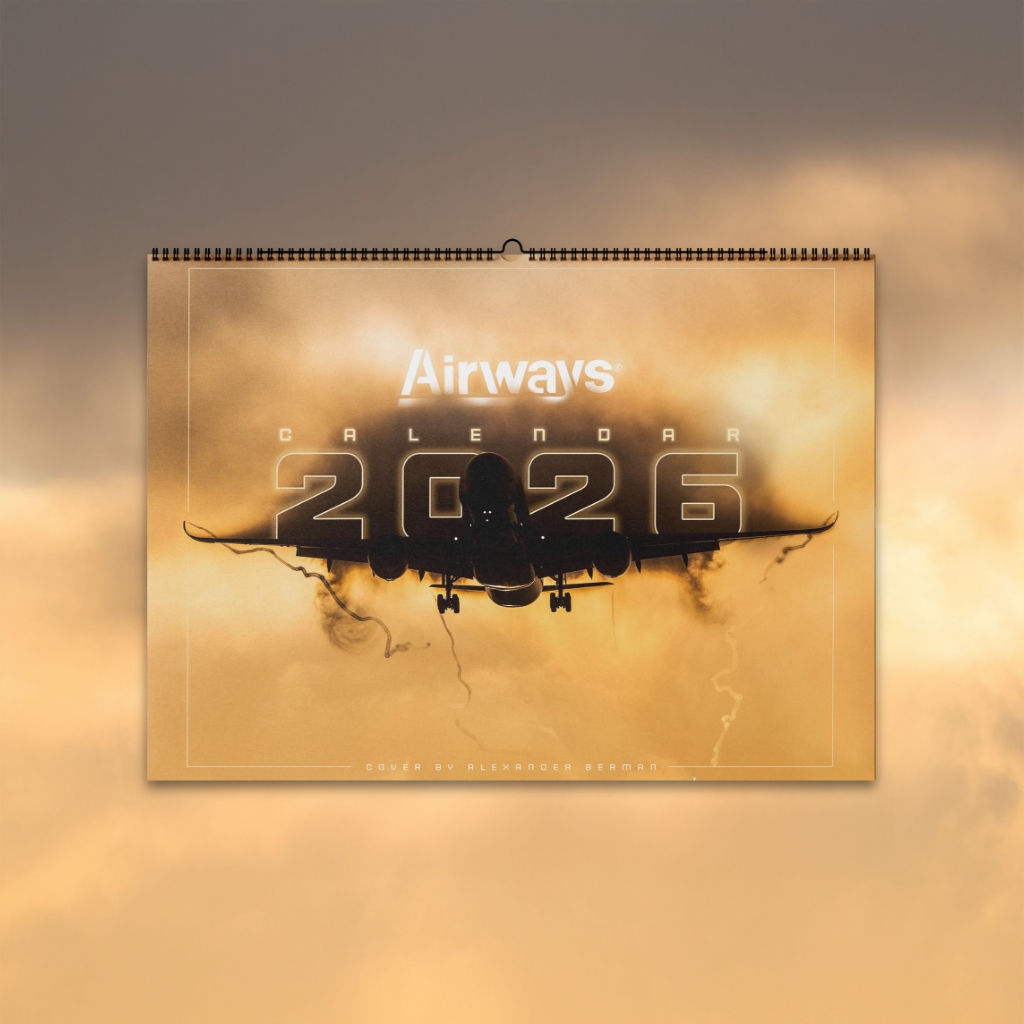DALLAS — On February 14, 2025, the National Transportation Safety Board (NTSB) briefed the public on its investigation into the mid-air collision occurring on January 29 near Reagan National Airport (DCA).
The briefing, led by NTSB Chairman Jennifer Homendy, offered a timeline of events and key findings from flight data, cockpit voice recorders, and air traffic control (ATC) communications.
Incident Overview
The accident involved a U.S. Army UH-60 Black Hawk helicopter conducting a check ride and a commercial CRJ jetliner executing a visual approach to Runway 33 at DCA.
The Black Hawk was operating along Helicopter Route 1, a designated but boundary-less FAA route over the Potomac River, while the CRJ was maneuvering for landing.
Key Findings from the Investigation
Flight Path and Communication Details
- 8:15 PM: The CRJ began its descent from 37,000 feet.
- 8:30 PM: The Black Hawk, conducting an annual night vision goggles check ride, began moving southbound.
- 8:33 PM: The Black Hawk crew requested and received clearance to follow Helicopter Route 1 to 4 toward Davison Army Airfield.
- 8:43 PM: The CRJ was initially cleared for a Runway 1 approach but switched to Runway 33.
- 8:46:01 PM: ATC informed the Black Hawk crew of the CRJ’s presence at 1,200 feet. However, whether the Black Hawk crew received the full message remains unclear, as the word “circling” is absent from their cockpit voice recorder.
- 8:46:08 PM: The Black Hawk crew acknowledged sighting the CRJ and requested a visual separation, which ATC approved.
- 8:47:42 PM: ATC instructed the Black Hawk to pass behind the CRJ. However, due to simultaneous radio transmissions, part of the message may not have been received.
- 8:47:58 PM: The CRJ, at an altitude of 313 feet, was nose-up at 9 degrees upon impact. The Black Hawk was recorded at 278 feet.
Conflicting Altitude Data and Possible Causes
One area of concern is the conflicting altitude readings from different sources. While flight data confirms the Black Hawk was at 278 feet at the moment of impact, it is unclear whether the crew’s cockpit instruments displayed the same altitude.
The investigation also highlights potential miscommunication between ATC and the Black Hawk crew, particularly regarding instructions to avoid the CRJ. The Black Hawk’s microphone transmission at a critical moment may have contributed to a missed directive.
Next Steps in the Investigation
The NTSB is continuing to analyze:
- Discrepancies in altitude readings between cockpit instruments and recorded flight data.
- The effectiveness of ATC communication and whether procedural changes are needed.
- The role of night vision goggles in the Black Hawk crew’s situational awareness.
Our Take
The latest NTSB findings show the complexities of managing mixed-use airspace near major airports.
Apart from correct altitude awareness, one main issue is the disconnection between military and civil air traffic communications. Another is the night VFR helicopter training in IFR-dominated airspace—can these be moved elsewhere?
The NTSB emphasized that the Feb 14 briefing was still a preliminary report. As the investigation on Flight 5342 progresses, further findings will be released.
Stay connected at every stop along your journey! Get any Saily mobile data plan at 5% off with the code AIRWAYSMAG5 + up to 5GB free!





